Imagine a bustling kitchen in a restaurant. The chefs are your sales team, the servers are your customer service representatives, and the diners are your clients.
Now think: What if the chefs didn’t know what the diners ordered or the waiters weren’t aware of the day’s special? Chaos would ensue, with dissatisfied customers and a disorganized staff.
Here, a CRM integration would help, acting as the essential communication link that ensures everyone in the restaurant is on the same page.
Customer relationship management (CRM) integration is about connecting your CRM software with other key systems in your organization, like your website, email platforms, or customer service tools.
Did you know: Birdeye integrates with over 3,000 CRMs to empower you to get new reviews, be found online, improve operations, and increase revenue?
This integration centralizes information, synchronizes data, and streamlines processes across various platforms, ensuring that every department works in unison, from sales to customer support.
In this comprehensive guide, we will explore CRM integration in depth. You’ll learn about the benefits and advantages of Birdeye platforms and how they can improve customer retention strategies.
Table of contents
- What is CRM integration?
- What are the benefits of CRM integration in your business?
- Difference between CRM integration and traditional CRM
- How does CRM integration impact customer relationships?
- How does CRM integration impact sales & marketing?
- Common challenges in CRM integration
- Birdeye and CRM integration: Enhancing customer relationship management
- FAQs on CRM integration
- Customize your CRM integration with Birdeye platforms
What is CRM integration?
CRM integration is connecting your CRM software with other business systems. This integration is vital for businesses looking to manage customer data more effectively, connect various business functions, and enhance overall management efficiency.
CRM integration allows harnessing the power of AI & automation by linking your CRM software – the hub of customer information and interactions – with other tools like email systems, social media platforms, enterprise resource planning (ERP) systems, and marketing automation tools.
For instance, when a new lead visits your website, it can be automatically added to your CRM system, allowing your sales team to act promptly.

What are the primary goals that CRM integration helps a business achieve?
The primary goal of CRM integration is to minimize churn with its automation prowess. Other goals it helps a business achieve are:
- Creating a more cohesive, efficient, and effective approach to managing customer relationships.
- Eliminating data silos, reducing manual data entry, and ensuring that every department, from sales and marketing to customer service, has access to up-to-date customer information.
With this, businesses can offer more personalized service, respond quickly to customer inquiries, and align their strategies across different departments, enhancing customer satisfaction and loyalty.
We needed review automation and integration with our CRM + post-work order satisfaction – Birdeye’s API connection to Yardi and automation functionality really helps us.
Arun Das, Pangea Properties
What are the benefits of CRM integration in your business?
Seamlessly connecting CRM systems with other business tools and platforms offers many benefits that collectively contribute to business growth and brand salience.
Businesses that have implemented CRM integration have observed various benefits, such as:
- Enhanced data accessibility and quality
- Improved customer interactions
- Increased efficiency and productivity
- Data-driven decision-making
- Streamlined marketing and sales workflow
- Enhanced collaboration across departments
- Cost reduction
- Scalability and flexibility
Let’s discuss these in detail:

1. Enhanced data accessibility and quality
By integrating CRM with other systems, businesses ensure that customer data is centralized but also consistent and up-to-date across all platforms. This leads to better data quality, eliminating errors caused by manual data entry and duplication.
2. Improved customer interactions
With integrated CRM systems, businesses gain a comprehensive view of customer interactions. This means every touchpoint, whether a call, email, or social media interaction, is tracked. This stellar business reputation management strategy builds stronger and more personal relationships.
3. Increased efficiency and productivity
CRM integration automates tasks such as data entry, lead capture, and report generation. This automation frees up time for employees to focus on more strategic tasks, thus increasing overall productivity.
4. Data-driven decision-making
Integrated CRM systems provide businesses with rich, actionable insights. Businesses can make informed decisions about experience marketing strategies, sales approaches, and customer service improvements by analyzing customer data and trends.
5. Streamlined marketing and sales workflow
The synchronization of CRM with AI marketing tools aids in crafting targeted campaigns. Armed with detailed customer profiles and histories, sales teams can tailor their sales pitches to individual needs and preferences, leading to higher conversion rates.
Did you know: AI in sales forecasting is becoming more precise? The market for AI in sales forecasting is projected to grow significantly between 2023 and 2028.
6. Enhanced collaboration across departments
CRM integration breaks down silos between departments. Marketing, sales, customer service, and even finance departments can access the same customer data, ensuring everyone is on the same page and working towards common goals.
7. Cost reduction
CRM integration reduces operational costs by automating processes and improving overall efficiency. It minimizes manual labor in data management and lowers the risk of costly mistakes.
8. Scalability and flexibility
As businesses grow, their CRM system can scale and integrate with new tools and technologies. This scalability ensures businesses can adapt to changing market conditions and customer needs without overhauling their system.

Difference between CRM integration and traditional CRM
As per Software Stack statistics, there’s an increase in the average order value by 29% and a reduction in customer acquisition costs by up to 50% after implementing CRM.
This is because CRM helps shorten the sales cycle length by 30-50% and increase customer lifetime value by 20-30% on average.
While CRM integration might seem a new phenomenon, it has evolved due to the drawbacks of traditional CRM.
Maximizing Efficiency: How CRM Integration Transforms Business Operations
Want to see the impact of Birdeye on your business? Watch the Free Demo Now.
What is traditional CRM?
Traditional CRMs are software systems focused primarily on managing a company’s interactions with current and potential customers. These systems store customer contact information, track interactions (like emails and phone calls), and manage them.
What led to the rise of CRM integrations?
CRM integrations rose because businesses needed a more complete and efficient way to operate. As companies grew and technology improved, the limits of old-style CRMs became clear.
They typically operated as standalone, siloed systems. But businesses needed systems that could do more than just manage customer relationships; they needed CRMs that could work together with other parts of the business, like marketing and email systems.
This need led to the creation of new CRM solutions that gave a fuller picture of customers and made business processes more automated, resulting in better efficiency, data management, and customer service.
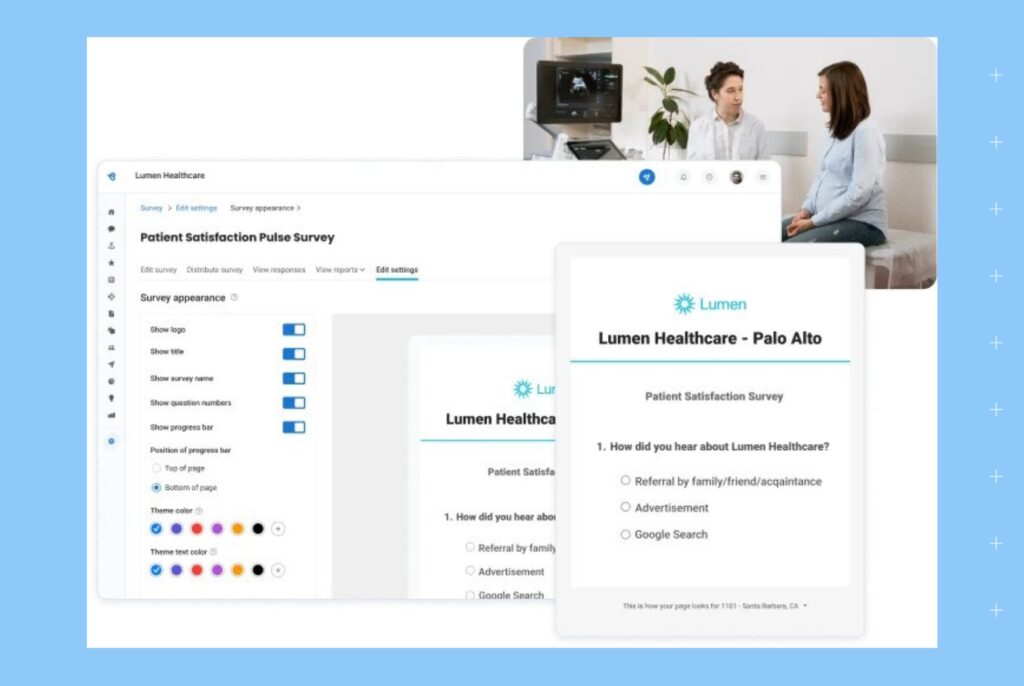
Here are some prominent differences between traditional CRM & CRM integration:
| Factors | CRM integration | Traditional CRM |
| Data accessibility | Centralizes data from various systems, offering a comprehensive view. | Typically limited to data within the CRM system itself. |
| Functionality | Extends CRM capabilities by linking with other tools like email, social media, etc. | Focuses mainly on customer relationship management features. |
| Workflow efficiency | Streamlines workflow by automating data transfer and reducing manual entry. | Often requires manual data entry and updating across systems. |
| Customer insights | Offers deeper insights by integrating data from multiple touchpoints. | Insights are limited to interactions within the CRM system. |
| Personalization | Enables hyper-personalization in customer interactions by leveraging integrated data. | Personalization is limited by the data stored in the CRM system. |
| Mobility and accessibility | Often include mobile access and cloud-based options for real-time data access. | May not always support mobile or cloud-based access. |
| Scalability | Easily scales with business growth, integrating with new tools as needed. | Scalability is limited to the features and capabilities of the standalone system. |
| User experience | Offers a more unified and efficient user experience across platforms. | User experience is confined to the CRM system’s interface and capabilities. |
| Cost | Potentially higher upfront costs for integration but can lead to long-term savings. | Lower initial cost but may incur additional costs for extra features or separate systems. |
| Adaptability | Quickly adapts to changing business needs and technology advancements. | Adaptability depends on the system’s ability to integrate with new technologies. |
This table contrasts CRM integration with traditional CRM, highlighting the benefits of integrated systems.
Birdeye’s big benefit for me is the combination of Salesforce and Zapier integrations. When someone agrees to leave us a review, I just check a box in my Salesforce instance, and everything happens behind the scenes, resulting in the customer being added to the appropriate campaign and receiving the relevant review request emails and SMSs.
Dustin Moore, Lighthouse Life Solutions, LLC
How does CRM integration impact customer relationships?
In the above section, you read that we moved from traditional CRMs to integrated ones because the latter offers a more holistic view across departments. But how does CRM integration impact customer relationships?
Here are the major reasons:
- Centralizes customer data for a complete view
- Enables personalized customer communication
- Improves response time to customer inquiries
- Facilitates consistent customer experiences across channels
- Enhances customer service through better insights
- Automates and improves customer support processes
- Helps track and measure customer satisfaction
- Enables proactive customer engagement
These are discussed in detail:
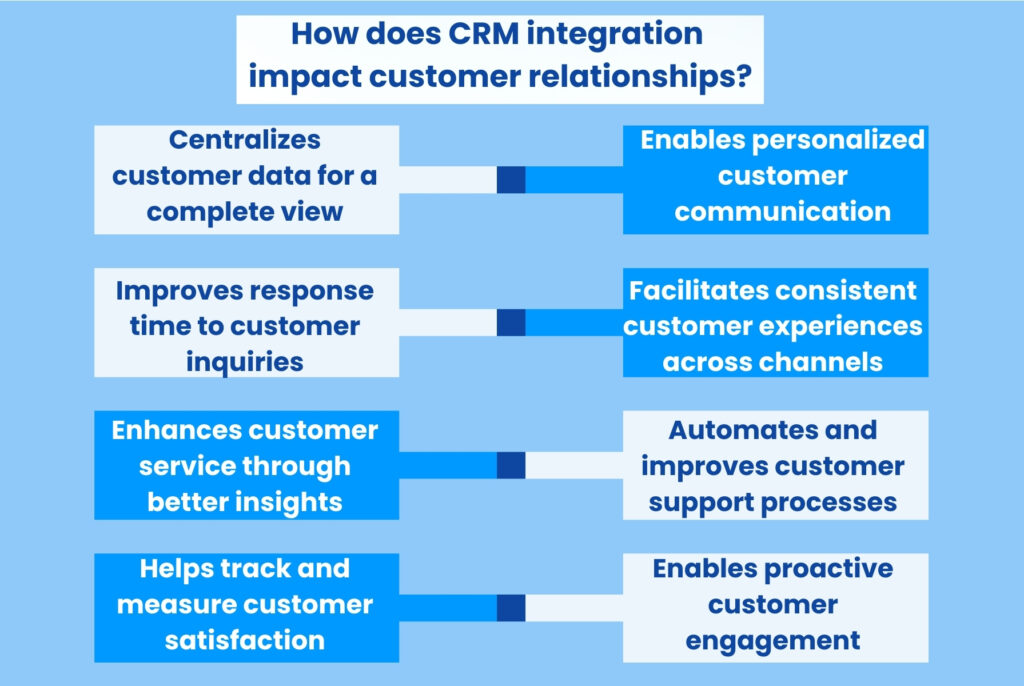
- Centralizes customer data for a complete view. This view helps better understand customers’ needs and preferences, leading to more effective communication and services.
- Enables personalized customer communication with detailed data from various touchpoints based on their individual preferences and behaviors.
- Improves response time to customer inquiries. And quicker and more accurate responses lead to increased customer trust and loyalty.
- Facilitates consistent customer experiences across channels, whether it’s through social media, email, or direct contact.
- Enhances customer service through better insights. AI-powered CX intelligence provides valuable insights into customer behavior and preferences. This information empowers businesses to improve.
- Automates and improves customer support processes. This helps customer service teams to focus more on providing high-quality support and less on administrative tasks.
- Helps track and measure customer satisfaction scores. This, in turn, reduces customer churn and increases customer lifetime value.
Must read: Birdeye’s 14 proven ways to increase customer satisfaction
- Enables proactive customer engagement. With the data and insights, businesses can proactively engage with customers, anticipate needs, and address potential issues before they escalate.
How does CRM integration impact sales & marketing?
CRM integration significantly impacts sales and marketing, transforming how businesses interact with and understand their customers, thereby driving growth and efficiency.
For marketing teams: CRM systems provide valuable insights into customer preferences and behaviors, allowing them to create highly targeted and personalized campaigns.
For sales teams: With a unified CRM, understanding customer needs, tracking sales opportunities, and managing customer interactions becomes effective.
For instance, the global conversational AI market, a key component of modern CRM systems, is projected to reach USD 29.8 billion by 2028, growing at a CAGR of 22.6% during the forecast period. This growth underscores the increasing reliance on advanced CRM tools and AI-driven interactions in sales and marketing strategies.
The following aspects highlight how CRM integration streamlines sales and marketing processes and provides critical insights:
- Streamlines lead management
- Facilitates targeted marketing campaigns
- Enhances sales forecasting accuracy
- Improves customer segmentation
- Enables effective cross-selling and upselling
- Tracks and optimizes marketing ROI
- Provides insights into customer behavior and trends
- Automates and personalizes customer communications
These are discussed below:

- Streamlines lead management: By integrating CRM with marketing tools, leads gathered from different channels are automatically fed into the sales pipeline. This helps sales teams respond quickly and efficiently, improving the chances of conversion.
- Facilitates targeted marketing campaigns: These often lead to higher engagement and conversion rates.
- Enhances sales forecasting accuracy: You improve resource allocation and strategic planning with real-time data and analytics.
- Improves customer segmentation: This empowers sales and marketing teams to customize their approaches to different customer groups.
- Enables effective cross-selling and upselling: This increases the customer’s lifetime value.
- Tracks and optimizes marketing ROI: This helps fine-tune strategies for better results.
- Provides insights into customer behavior and understands trends: All this helps make more informed sales and marketing decisions.
- Automates and personalizes customer communications: This increases customer engagement.
I like the idea of getting reviews for my clients. They often use the “free” ones, but no strategy is inherent in that. Instead, Birdeye has created a strategy for making reviews work, integrating them into social media and business platforms like QuickBooks to stay on top of a company’s positive reviews.
Perri McCary, FDK 3 Company, Inc.
Common challenges in CRM integration
As per a report on Zippia, 30% of companies indicate that CRM improves their reporting abilities. However, challenges like manual data entry (17%), a lack of integration (17%), and underuse by sales teams (16%) are notable hindrances.
Here are the common challenges to maintaining quality data on CRM:
- Transferring customer data to a new CRM system risks data loss or corruption.
- Not compatible with existing systems and software.
- Employees often resist new systems, making user adoption and training difficult.
- Tailoring CRM to unique business needs and ensuring scalability can be complex and demanding.
- CRM integration requires significant financial and resource investment for implementation and upkeep.
- Ensuring data security and privacy compliance during and post-integration.
- Technical glitches and downtime that disrupt business operations.
- Measuring CRM performance and ROI post-implementation.
The solution?
Birdeye and CRM integration: Enhancing customer relationship management
After helping 150,000+ businesses, Birdeye has become a leader in the customer experience management space, offering many CRM platforms designed to integrate seamlessly with your existing CRM systems.
Automated review requests and management
With Birdeye Reviews, you can automate the process:
This integration with your CRM system allows for timely post-purchase interactions, leading to an increased positive online reputation.
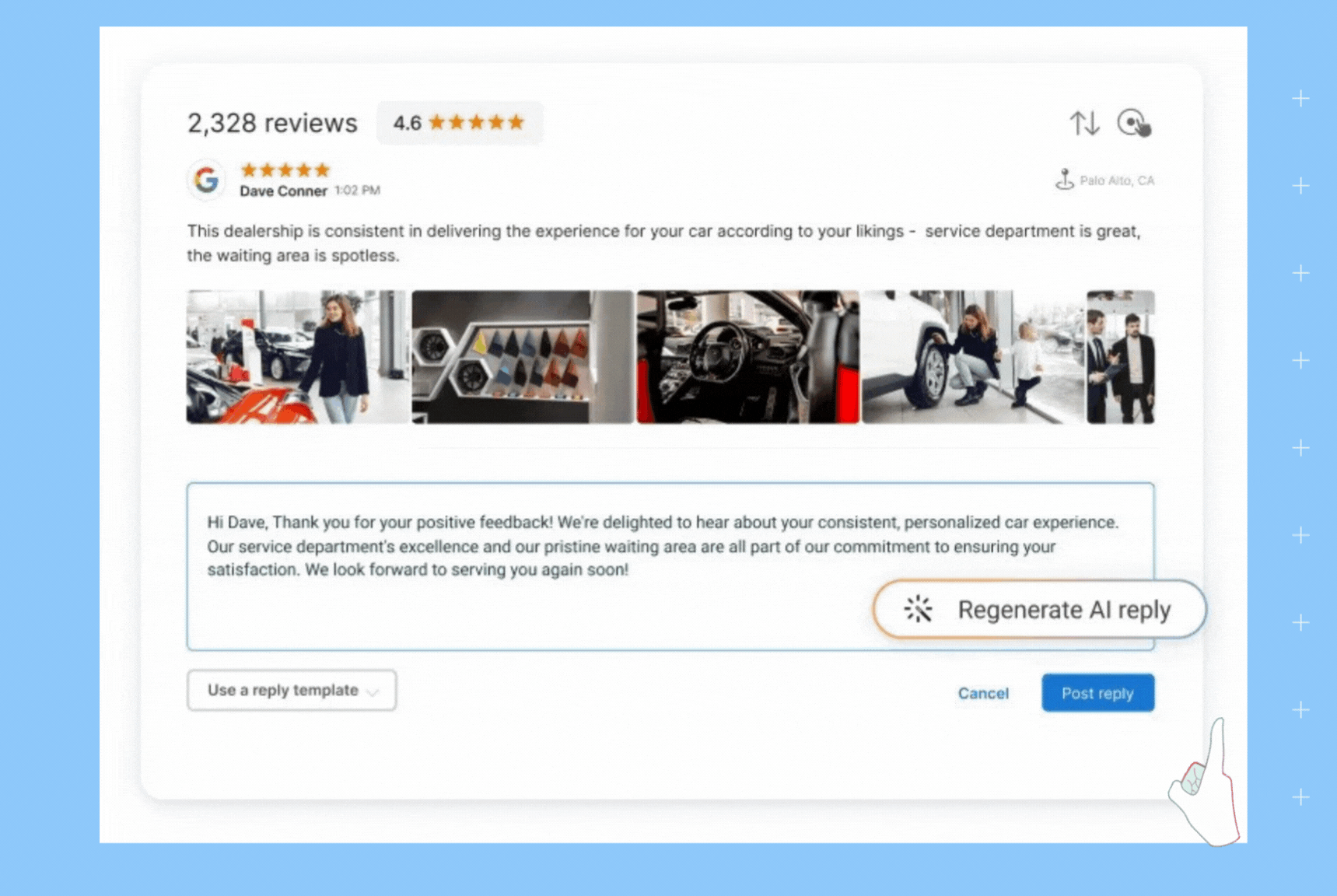
Centralized customer feedback
Birdeye excels in empowering you to make informed, data-driven decisions.
With CX Analytics software, collecting customer insights feedback from various sources like social media, review sites, and surveys is seamless.
By integrating this with your CRM, Birdeye ensures that you:
- Tap into customer insights at scale
- Quantify customer experience
- Simplify complex data and show reports that matter the most
- Use your competitor’s customer feedback to your advantage
- Act on feedback instantly with AI-powered and customizable surveys
- Summarize surveys in a single click
You can forecast trends and improve performance to show you real results.
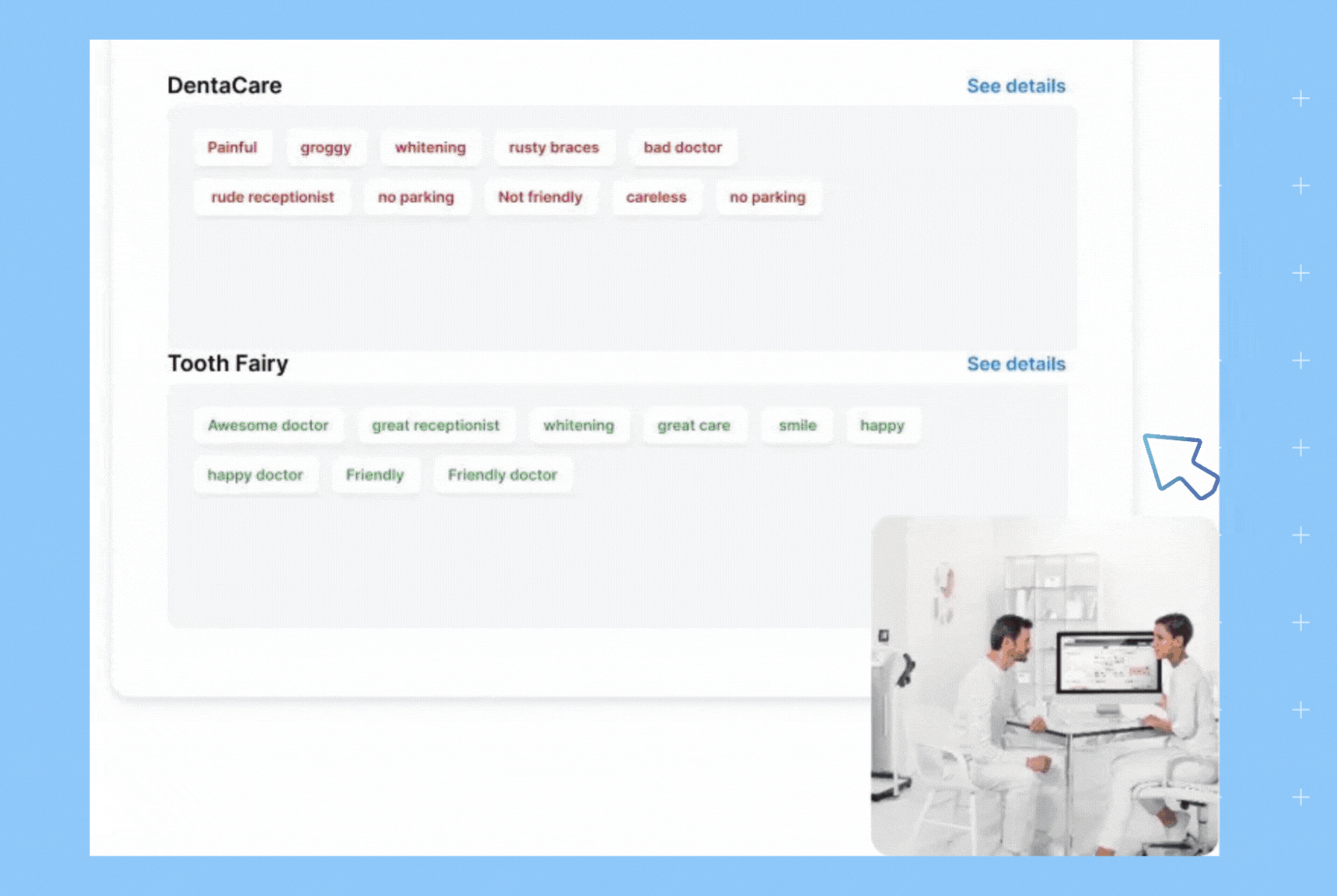
Enhanced customer engagement
Birdeye’s AI-powered customer Messaging platform and Webchat help you to direct messages, convert and respond to leads timely and convert them without wasting any opportunity.
It helps you to keep your communication channel a single PoC by:
- Staying connected to your customers directly in a unified communication platform, whether social media or your website
- Connect on the go with a mobile app
- Power your Chatbot with AI to answer FAQs
- Write better replies with AI
- Collaborate with your team efficiently
All the Birdeye platforms act as a sales enabler that augments the capabilities of your existing CRM system. It combines customer feedback, engagement, and analytics to enhance customer understanding, streamline operations, and drive business growth.
Birdeye’s enhanced AI capability and impact on the business
All Birdeye’s platforms are powered with BirdAI, the best generative AI model that ensures you have the best tools for any task.
The AI capabilities automate and optimize various processes, improving efficiency and reducing manual workload.
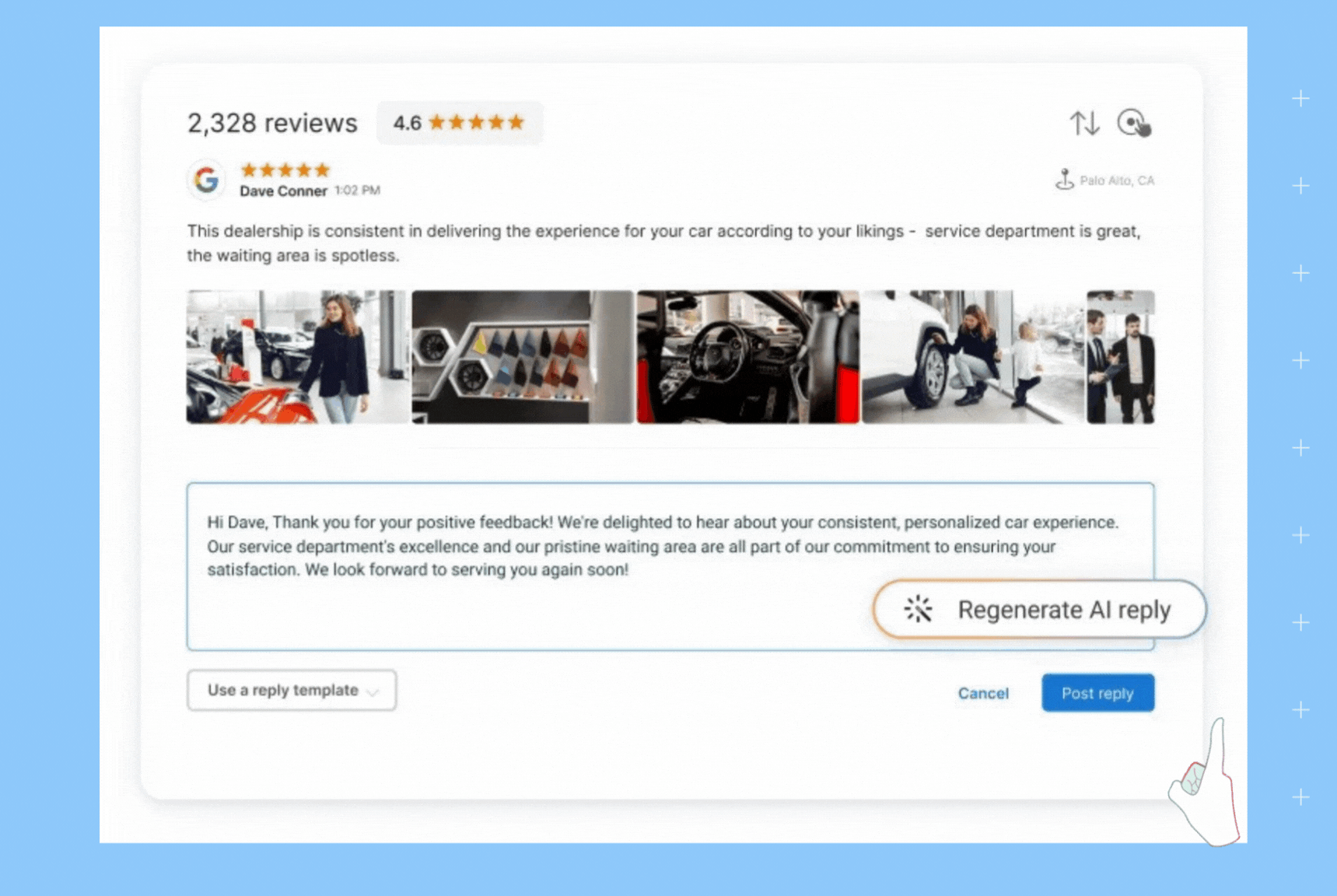
Birdeye’s enhanced AI capabilities empower businesses with the following:
- Advanced customer feedback analysis
- Automated review management
- Real-time sentiment analysis
- Efficient customer service
- Data-driven decision making
- Increased operational efficiency
- Churn reduction
- Lead scoring
For competitive and transparent pricing on CRM integration solutions, explore Birdeye’s pricing page to find the perfect fit for your business needs.
The most impactful Birdeye feature is the ability to integrate with QuickBooks so your customers automatically get a review email/text. Next would be the ability to converse with a potential customer almost immediately. Our overall experience has been great!
Lori M, McGee Fence
FAQs on CRM integration
CRM integration involves linking a CRM system with other business tools for centralized data management. It’s crucial for streamlined processes, enhanced data quality, and improved customer interactions.
By centralizing customer data, CRM integration allows for personalized communication, faster response times, and consistent experiences across channels, strengthening customer relationships.
Challenges include data migration, system compatibility, and user adoption. Overcoming these involves careful planning, choosing compatible systems, and providing comprehensive training to users.
Birdeye enhances CRM integration by aggregating customer feedback, automating review requests, and providing insights for better customer engagement and service quality.
Yes, CRM integration can significantly impact growth and revenue by improving customer engagement, streamlining sales and marketing efforts, and providing actionable business insights.
Customize your CRM integration with Birdeye platforms
Birdeye is designed to grow with your business. Its integration with CRM systems is scalable, ensuring that as your business expands, your ability to manage customer relationships and feedback does, too.
Speak to our CRM integration expert to see how Birdeye can supercharge your business.

Originally published


![this is a 1 / 1 – [Feature image] of the blog about 31 irresistible car sales email templates to close more deals.](https://birdeye.com/blog/wp-content/uploads/Feature-image-31-irresistible-car-sales-email-templates-to-close-more-deals-375x195.jpg)
![[Feature image] Are you on these 40+ powerful eCommerce review sites blog](https://birdeye.com/blog/wp-content/uploads/Feature-image-Are-you-on-these-40-powerful-eCommerce-review-sites_-375x195.jpg)